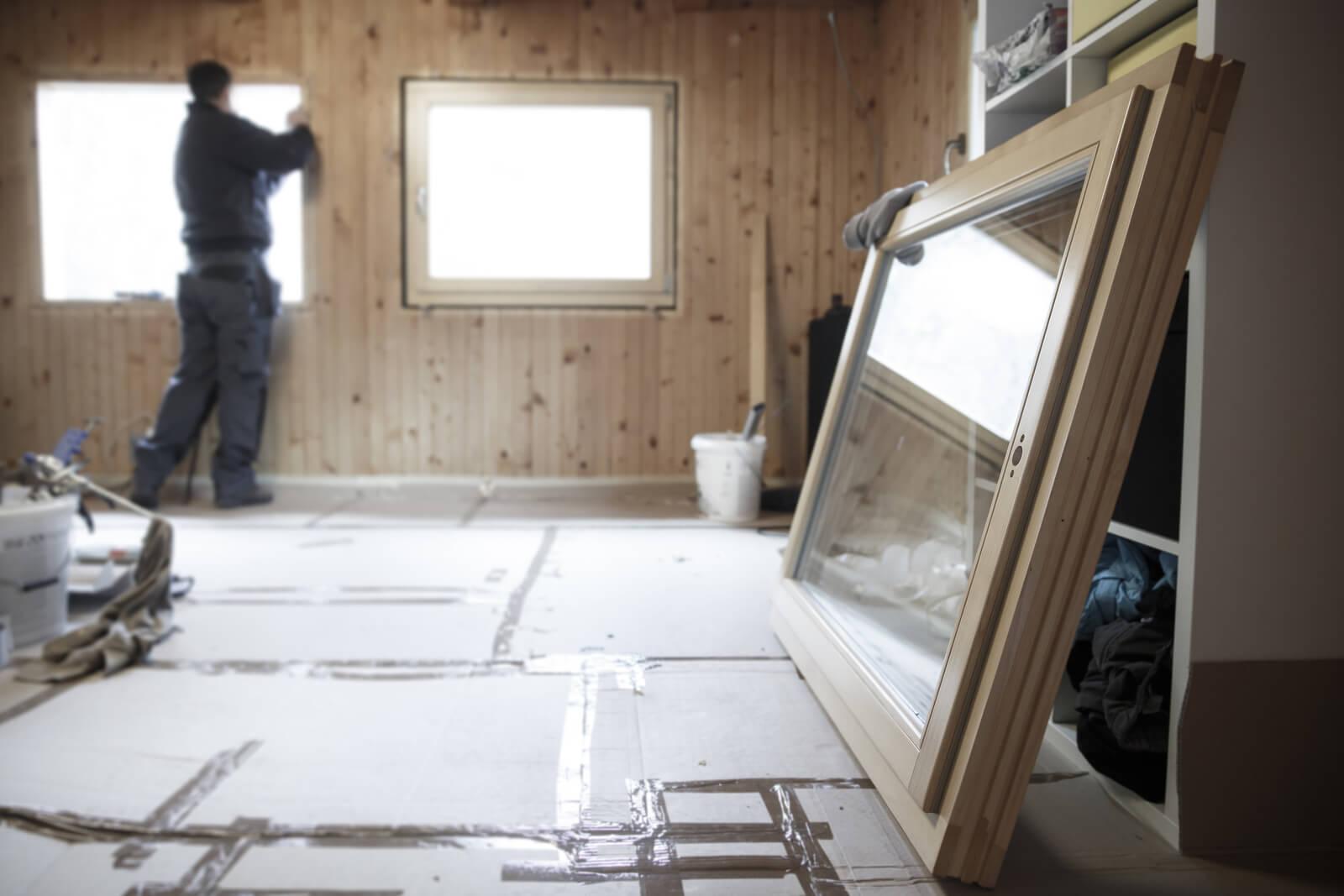You’ve heard it said, “They don’t make things like they used to.” Well, that’s true for windows too, and that’s a good thing.
New, energy-efficient windows help budget-conscious homeowners keep heating and cooling costs down while improving the overall comfort, aesthetics and curb appeal of their home. New replacement windows come in a variety of shapes, sizes, styles, materials, and technologies. They also come in different price points.
How can you determine which products are best for your application?
These are five essentials you should consider when choosing energy-efficient windows for your home:
1. Pretty as a Picture
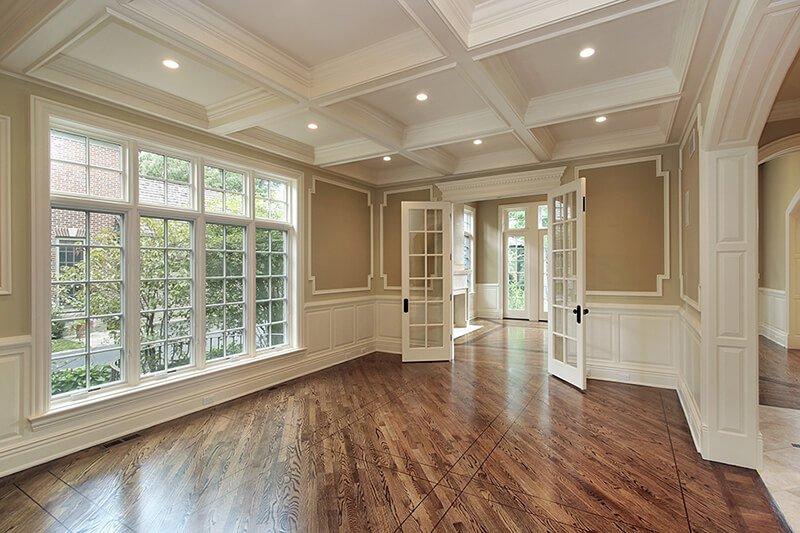
You can’t have a great-performing window without the right frame. And while some materials are better insulators, others offer low maintenance and air-tight construction. Here are the pros and cons of each type to help you decide the best frame for your needs:
Vinyl—As the least expensive of all frame materials, you may be concerned about its durability and structural integrity. When vinyl windows were first introduced in the Post-World War II era, due to the lack of other building materials, they were smaller and more cumbersome than traditional wood windows. However, as manufacturing processes improved, vinyl windows began to more closely resemble modern designs.
Today’s PVC window frames have a high R-value which means they’ll help save on energy bills. They can be cleaned with soap and water and never need paint or stain. They come in a variety of colours, sizes, and styles. Vinyl won’t rot, corrode, or rust. Unfortunately, extreme weather conditions may fade vinyl frames. Custom styles or sizes can be costly to produce, and they may not be as desirable upon resale.
Wood—These offer the best insulation value as they’re less prone to heat and cold transfer. If well maintained, high-quality wood frames can last for years. They require more work that other frame types but can match the exterior decor with any colour paint or stain you’d like. They can be susceptible to rotting, mold, and mildew with continuous, adverse weather conditions. They’re also eco-friendly if attained through sustainable sources, but wood is more costly than vinyl. It’s also preferred by many home buyers so could add value to your home on resale.
Aluminum—The main advantages of an aluminum frame are its strength and durability. It comes in a factory-baked or anodized finish and requires very little maintenance. It’s light, flexible structure allows easy customization into unusual shapes. They’re often preferred in hurricane-prone areas as they meet strict building codes due to their strength. Aluminum frames don’t hold heat well so can easily form condensation during colder months. This problem can be reduced by using a non-conductive material such as a spacer to reduce cold transfer.
Wood-Clad—A combination of low heat-transfer wood with low-maintenance vinyl or aluminum cladding makes this a desired product for a window frame. However, these windows should include a waterproof rubber membrane and sill pan to reduce water infiltration that can rot the wood underneath.
2. Efficient Design
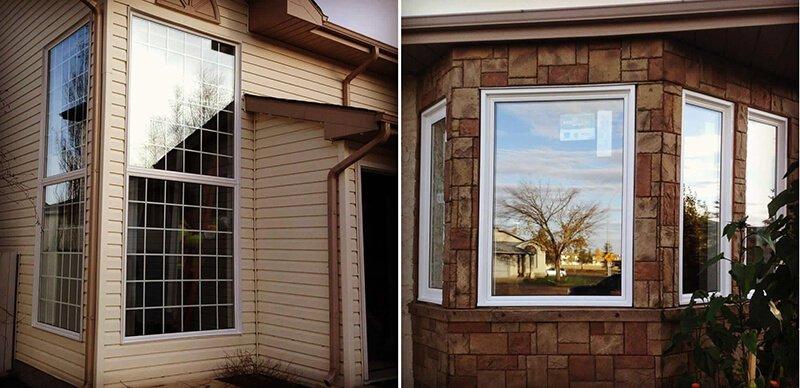
All window designs are not created equal. There are two operable styles that are most popular for both their visual appeal and efficient design. While fixed styles may provide the most air-tight solution, these windows offer the best option for the majority of households:
- Double-hung windows provide traditional styling with modern benefits. They’re built with two operable sashes that can move simultaneously for ventilation control. They also tilt in for cleaning. Most today’s replacement windows are designed more efficiently than old styles and can incorporate special energy-efficient glass coatings, insulating gas fillers, and soundproof glass.
- Casement windows are extremely popular for current architectural designs. They crank open (left or right) and offer exceptional ventilation and easy cleaning. They close tight against the window frame and even seal tighter during high wind conditions. Maintenance may be needed occasionally on hinges and seals to keep them operating efficiently.
3. The Clear Alternatives
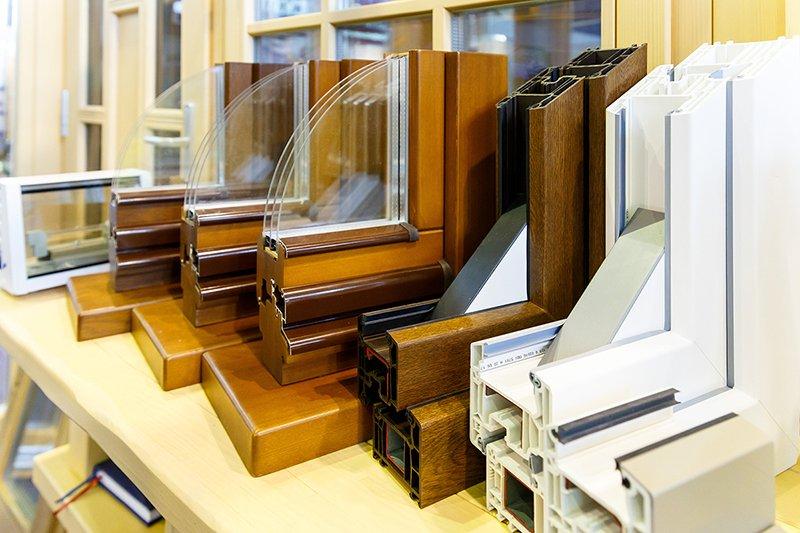
Simple, single-pane glass windows were the industry standard for years, but with the introduction of Energy Star guidelines to Canada in 2001, consumers have become more savvy to the products that save energy, reduce utility costs, and protect the environment. Look for these additional glass features that will further enhance energy efficiency:
Double- and Triple-Pane Windows— Severe Canadian winters dictate that windows include at least 2 panes of glass for good thermo-insulation. Ecoline replacement windows also come in 3-pane units to combat extreme periods of low temperatures. Triple-pane windows use stronger frames and hardware to make them a more durable choice over double-pane types.
Low-emissive (LoE) Coatings—With the majority of the window area being glass, much of the heat loss occurs here. Coated glass provides a layer of invisible insulation that blocks heat loss in the cold, winter months. It also blocks harmful UV rays from damaging upholstery and carpeting during the hot, summer months. LoE coatings can help reduce energy costs while making your home more comfortable in every season.
Gas-injected Glass—When used in conjunction with triple-pane windows, Argon and Krypton gas can provide extra protection from heat loss, condensation and cold weather. They are odorless, colourless, and non-toxic. They insulate better than air when injected between the panes of glass by reducing heat conduction in that space.
4. Give Me Spacer(s)
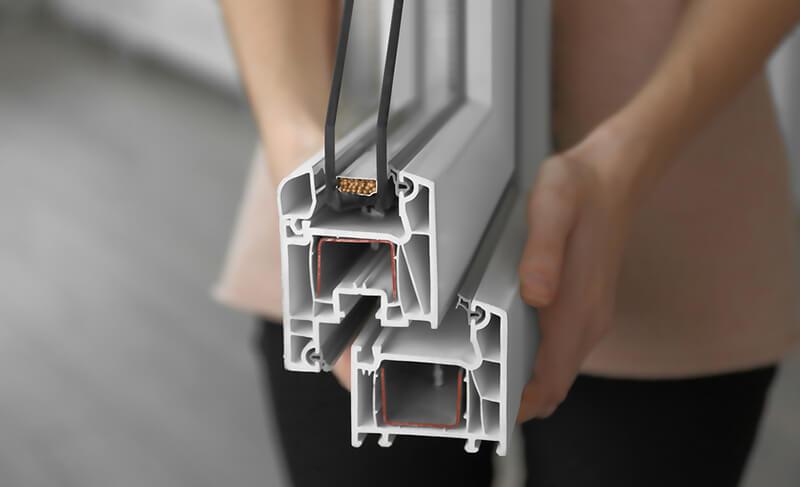
You may not be aware, but high-quality windows all include an aluminum, steel, or elastomeric spacer between the layers of glass. It’s used to keep window glass panes at the optimal distance apart, seal and insulate the glass layers, and reduce heat transfer. Ecoline Windows uses a synthetic elastomer spacer that improves sightline temperature by 1-2 degrees and improves resistance to condensation. This helps maintain the seal and keep your home warmer.
5. My Lips are Sealed
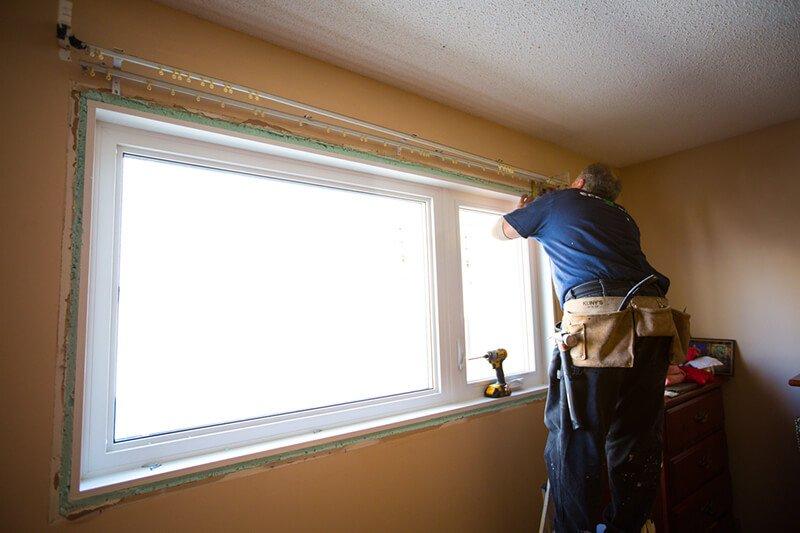
The best way to ensure your windows are providing the best energy efficiency is to have them properly installed. It’s possible to have a top-rated window with a variety of coatings and fillers and still not achieve maximum effectiveness. If possible, complete waterproofing measures prior to installing the windows. This combined with a bead of silicone caulking and the proper weather-stripping, your windows will give you years of low-cost, highly efficient use for years to come.
Ecoline Windows offer the latest in high-quality, energy-efficient windows on the market. Talk to a certified technician today about how you can install new windows in your home while saving money on your heating and cooling bills. Serving homeowners in Edmonton, Calgary, Winnipeg, Regina, and Saskatoon.

